Cycling Eyewear: From Photochromic Lenses to Polarized Sunglasses
Cycling eyewear has evolved far beyond simple eye protection. Today’s riders demand high-performance glasses that adapt to changing light conditions, enhance visibility, and provide comfort for long rides. Innovations like photochromic lenses, polarized sunglasses, and specialized night-riding glasses are transforming how cyclists see the road—or trail—ahead.
1.Photochromic Lenses: The Ultimate Adaptive Solution
Photochromic lenses for cycling have become a game-changer for riders who face fluctuating light conditions. These lenses automatically adjust their tint based on UV exposure, darkening in bright sunlight and lightening in overcast or low-light environments.
For road cyclists transitioning from shaded forests to open highways, photochromic sunglasses for cycling eliminate the need to switch glasses mid-ride. Brands like Oakley Transitions and Rudy Project Fotochromic offer models that shift from clear to dark in seconds, ensuring optimal vision without interruption.
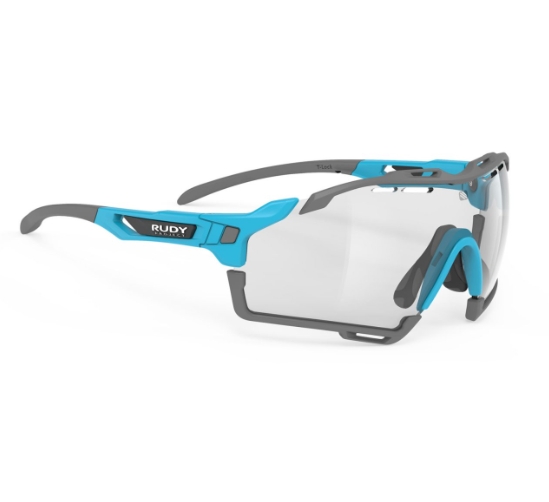
Rudy Project Lagoon Matte
Mountain bikers also benefit from photochromic mountain bike glasses, as trails often mix dense tree cover with exposed ridgelines. The seamless adaptation reduces eye strain and enhances contrast, crucial for spotting obstacles at high speeds.
2.Cycling Glasses for Night Riding: Safety After Sunset
While photochromic lenses handle dawn and dusk, dedicated cycling glasses for night riding are essential for after-dark adventures. These glasses prioritize:
(1).Amber or clear lenses to maximize light transmission
(2).Anti-reflective coatings to reduce glare from headlights
(3).Impact resistance for debris protection
Brands like Tifosi Swank and Bollé Safety Night Vision use specialized tints to enhance contrast in low-light conditions, helping riders distinguish potholes, gravel, and other hazards. Reflective frames and side shields also improve visibility to motorists.
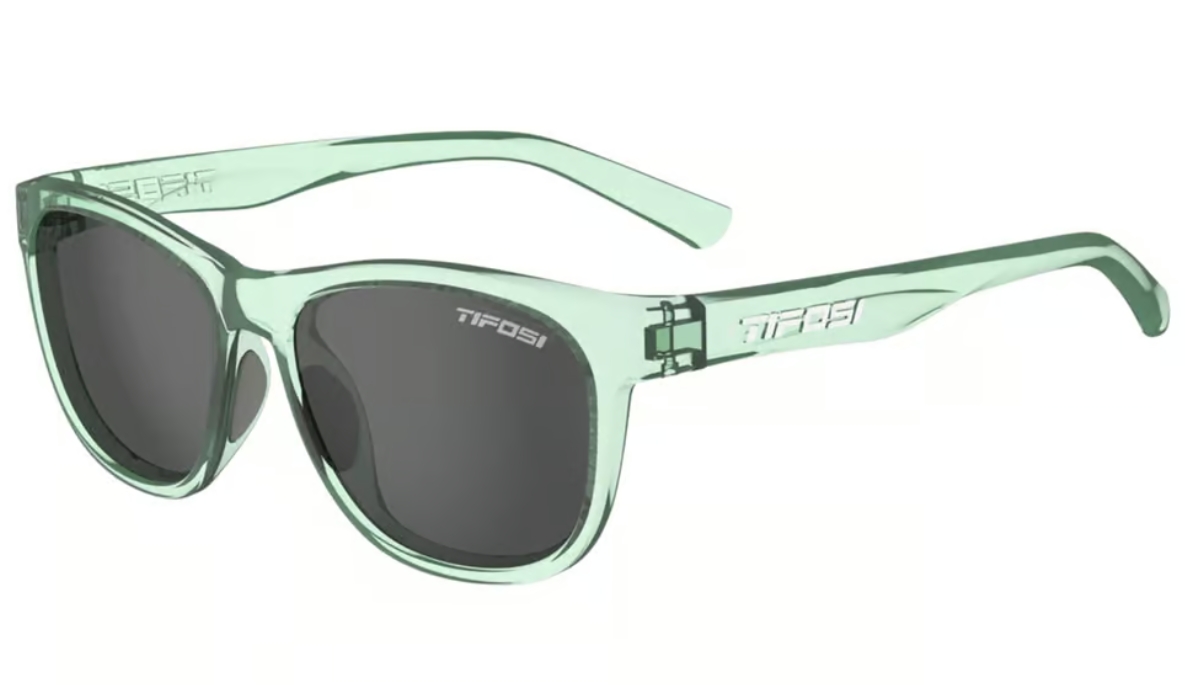
Tifosi Swank
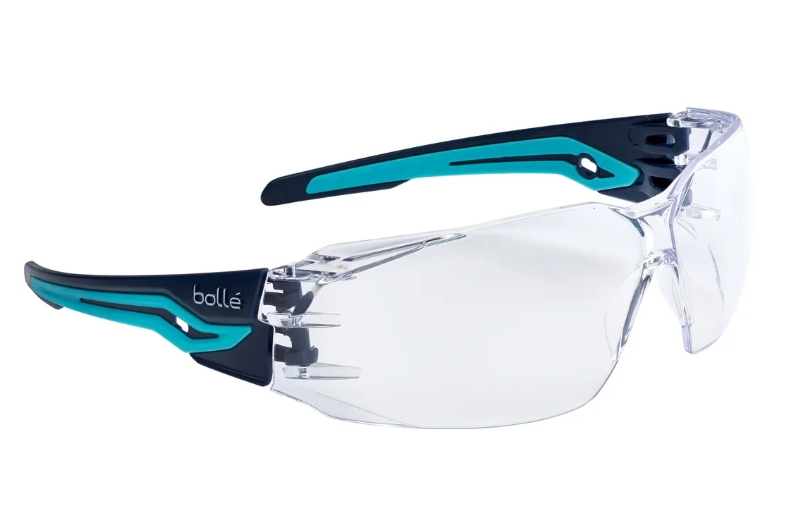
Bolle Safety Night Vision-------Cliex Clear
3.Prescription Mountain Bike Glasses: Clear Vision Off-Road
For riders who need vision correction, prescription mountain bike glasses combine optical precision with rugged durability. Traditional glasses can slip or fog during intense rides, but cycling-specific prescription options feature:
(1).Wraparound designs for a secure fit
(2).Ventilated lenses to prevent fogging
(3).Adjustable nose pads and temples for comfort
Companies like Roka and SportRx customize lenses for astigmatism, nearsightedness, and bifocal needs, ensuring riders don’t sacrifice clarity for performance.
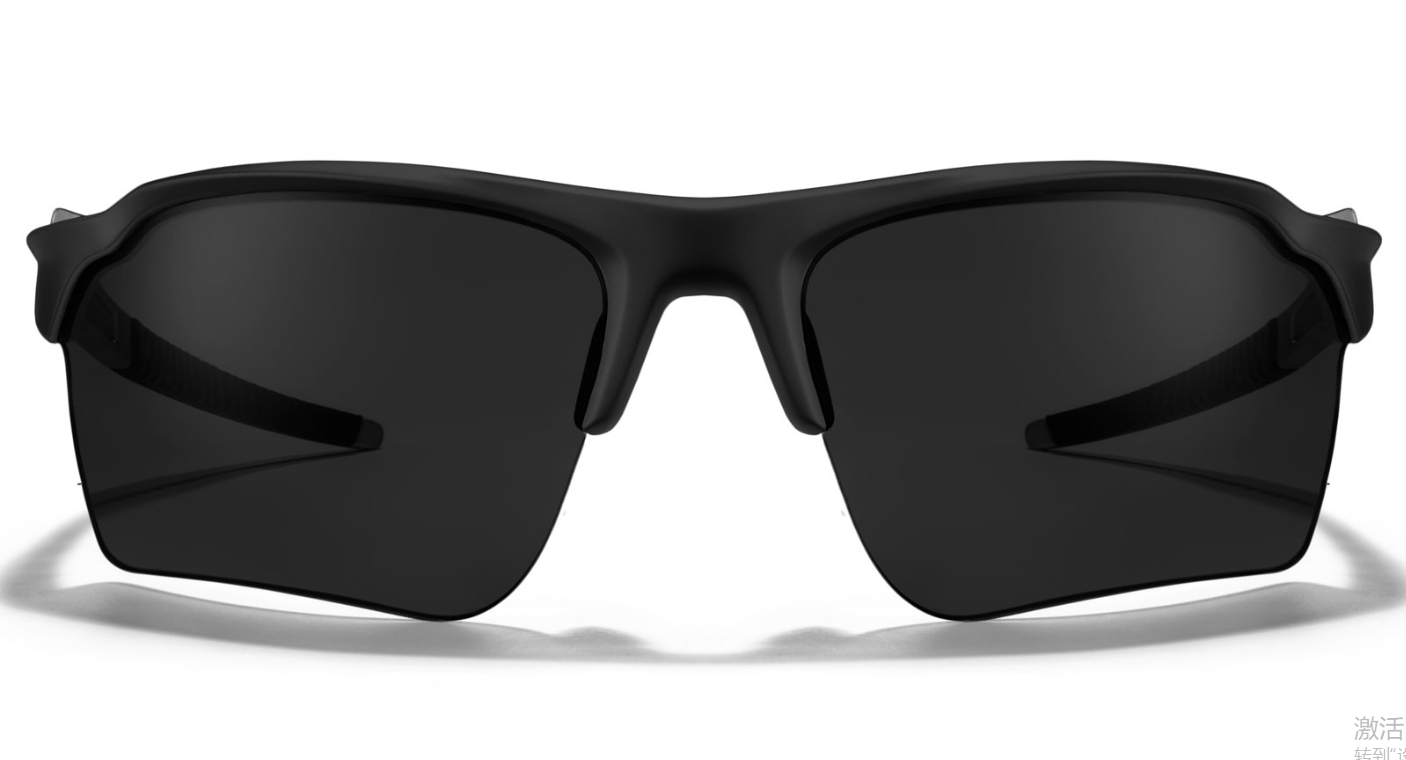
Roka Prescription Mountain Bike Sunglasses
4.Polarized Bicycle Sunglasses: Cutting Glare on the Road
Polarized bicycle sunglasses are a favorite among road cyclists and commuters who battle intense sun glare. Polarization filters horizontal light waves, reducing reflections from wet roads, car windows, and other shiny surfaces.
However, polarized lenses aren’t ideal for all cycling disciplines. Mountain bikers sometimes avoid them because polarization can obscure trail details like mud or ice. But for road cyclists, brands like Smith Attack Max and 100% Speedcraft deliver crisp, glare-free vision for long miles under the sun.
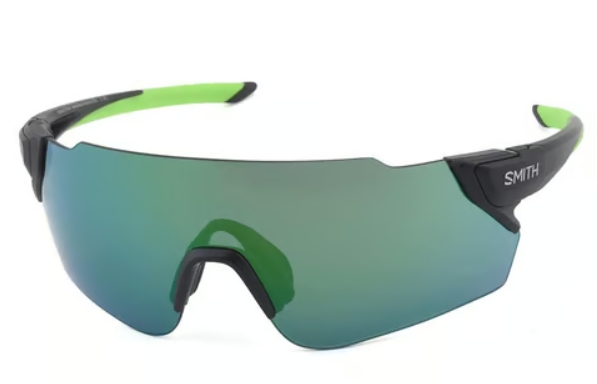
Smith Attack Max

100% Speedcraft
5.How to Choose the Right Cycling Eyewear
Selecting the best cycling glasses depends on riding conditions:
(1).Photochromic lenses: Best for mixed light (e.g., gravel or all-day road rides)
(2).Night riding glasses: Essential for pre-dawn or post-sunset cycling
(3).Prescription options: Critical for riders needing vision correction
(4).Polarized sunglasses: Ideal for road cyclists combating glare
As technology advances, expect even smarter eyewear—like AR-enhanced lenses or self-healing coatings—to enter the market. For now, riders can enjoy unprecedented clarity, adaptability, and protection with today’s top-tier cycling glasses.
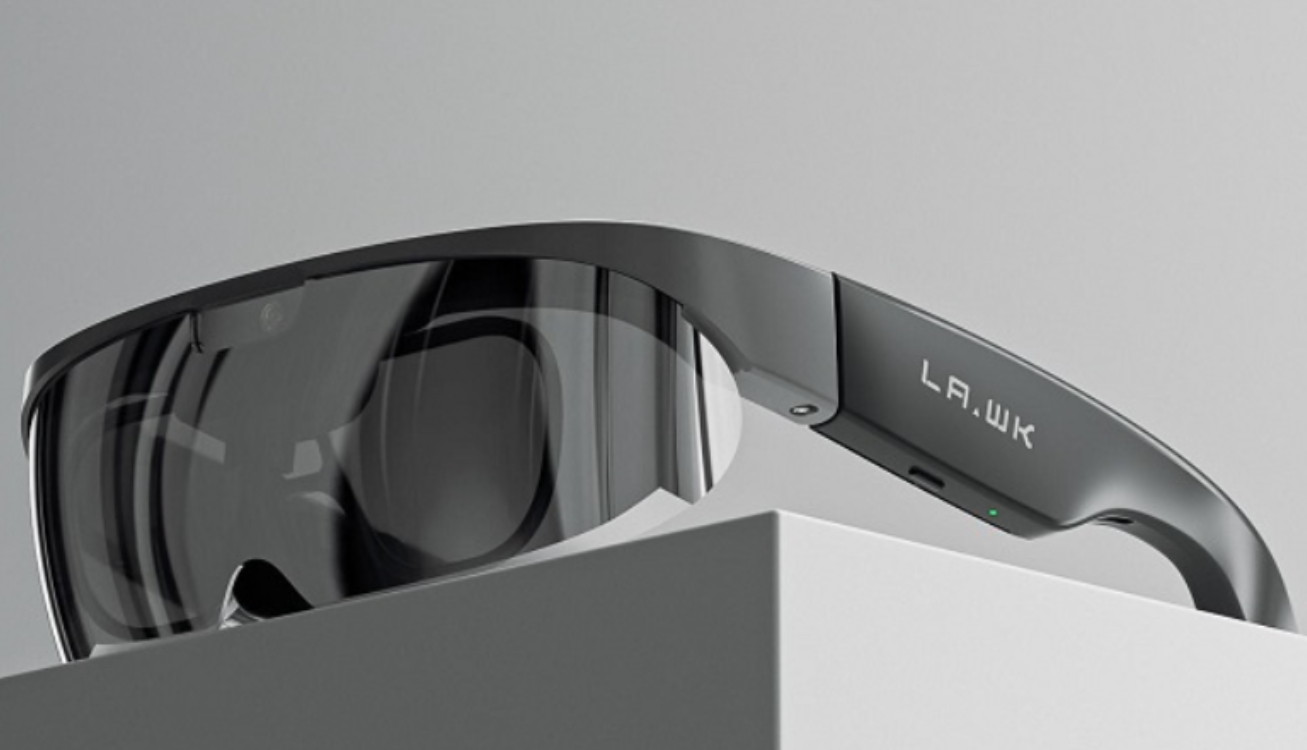
Future AR Glasses
Whether you're a commuter, mountain biker, or endurance cyclist, the right eyewear doesn’t just protect your eyes—it enhances your ride.


